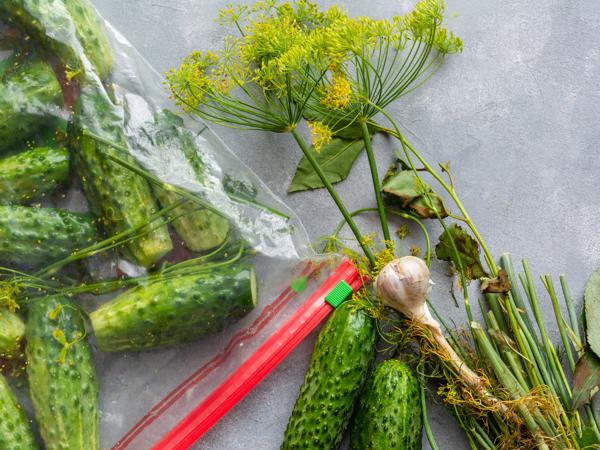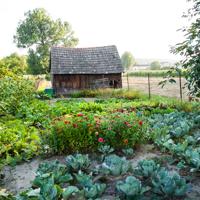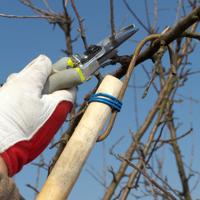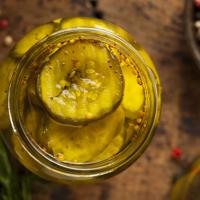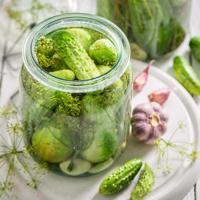As we embark on a journey toward a sustainable gardening and garden-to-table lifestyle, one of the practical skills to learn is preserving fruits. Dehydrating fruits is a gentle and rewarding method to extend the life of your produce and enjoy garden-fresh flavors year-round.
The Art of Dehydrating
Dehydrating is simply the process of removing moisture from food, which inhibits the growth of microorganisms and prolongs shelf life. Unlike more energy-intensive preservation methods, dehydration uses gentle heat to slowly pull moisture out, retaining nutrients and flavors.
Why Dehydrate?
Dehydrating fruits has benefits beyond preservation. Here are some potential advantages:
- Space Efficiency: Dried fruits take up less space than their fresh counterparts, making them easy to store.
- Longevity: Properly dehydrated fruits can last for months, if not years, when stored correctly.
- Convenience: Dried fruits are lightweight and perfect for snacking or baking.
- Taste and Nutrition: Dehydration retains most of the fruit’s natural sugars, so the flavor concentrates and becomes more intense.
Selecting Fruits for Dehydration
Not all fruits are equally suitable for dehydration, but many lend themselves quite well to the process. Here are a few suggestions:
- Apples: A classic choice with their crispy texture and sweet tartness.
- Berries: Strawberries, blueberries, and raspberries make delectable dried snacks.
- Bananas: These are popular for their chewy and sweet outcome.
- Mangoes: Widely loved for their intense tropical flavor.
- Pineapples: They dry beautifully, offering a sweet, tangy treat.
Consider what’s fresh and abundant in your own garden. Local and in-season fruits often yield the best results.
Basic Dehydration Process
Here’s a step-by-step guide to dehydrating fruits:
-
Preparation: Wash and slice fruits uniformly to ensure even dehydration. Thinner slices generally dry quicker and more thoroughly.
-
Pretreatment (Optional): Some fruits, like apples, may benefit from a brief soak in lemon juice to prevent browning.
-
Dehydrating Method:
- Using a Food Dehydrator: Set the dehydrator to the appropriate temperature, usually around 135°F (57°C) for fruits, and arrange the slices in a single layer.
- Oven Method: If you don’t have a dehydrator, you can use an oven at its lowest setting. However, be cautious as this method might not be as energy-efficient.
- Solar Dehydration: Sun drying is an eco-friendly option but requires excellent weather conditions and protective mesh or sheets to keep insects away. -
Determining Doneness: Fruits are adequately dried when they are leathery but not sticky. They should not ooze any moisture when pressed.
-
Cooling and Conditioning: Allow fruits to cool and condition in a loosely packed container for a few days. Shake the container daily to evenly distribute remaining moisture.
-
Storing: Store dried fruits in airtight containers or vacuum-sealed bags in a cool, dark place. This will help prevent spoilage and extend shelf-life.
A Simple Example: Dehydrated Apples
To dehydrate apples, start by selecting firm, fresh apples. Wash them, core them, and slice them into uniform rings or wedges. If desired, soak them in lemon juice for a few minutes to retain color. Arrange slices in a single layer either in a food dehydrator or an oven.
Dry at 135°F (57°C) for 6-12 hours, checking regularly. Once cooled, store the dried apples in airtight jars, and enjoy them as a healthy snack or in your baking.
Additional Resources
For further reading and research, here are some useful references:
- National Center for Home Food Preservation
- USDA Complete Guide to Home Canning
- “Preserve It Naturally” book by the makers of Excalibur Dehydrators.
Dehydrating fruits is a learning process, and every batch may differ slightly. Embrace this traditional preservation technique with curiosity and care. By taking small steps in the kitchen, you walk towards a more sustainable and rewarding lifestyle. Enjoy the fruits of your labor, quite literally, every season.
